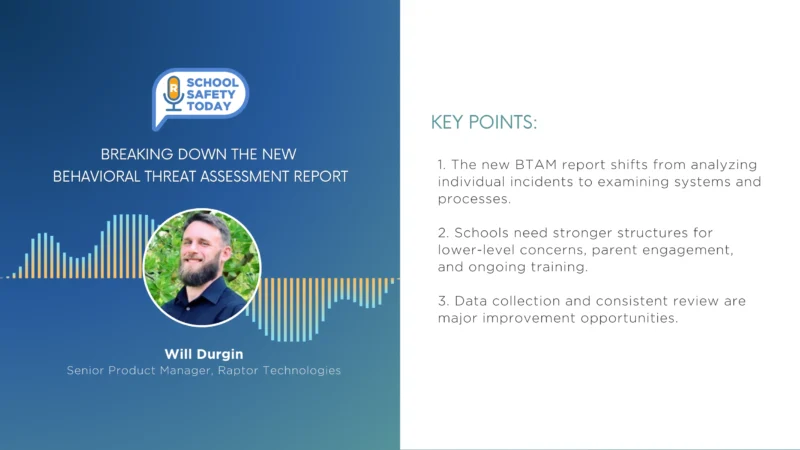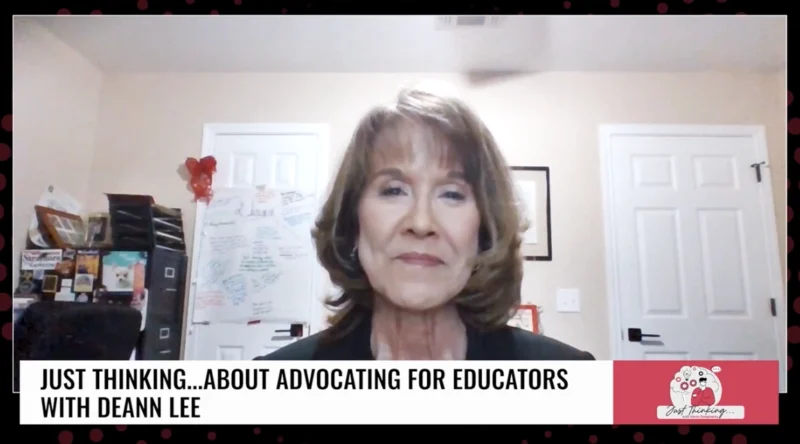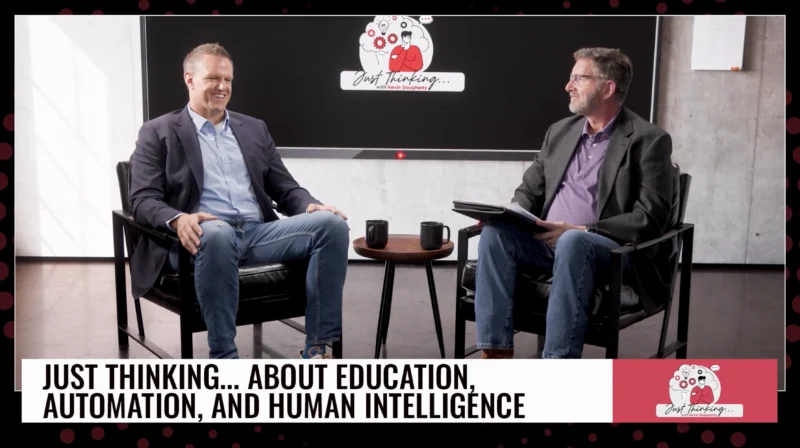Improving Emergency Response for School Safety
School Safety Today podcast, presented by Raptor Technologies.
In today’s episode of School Safety Today by Raptor Technologies, Michelle Dawn Mooney sat down with Jamison Peevyhouse, VP of Public Safety, RapidSOS. During the conversation, they discuss enhancing emergency response outcomes by securely linking life-saving data from connected devices directly to emergency services.
Key Takeaways:
- E911 Data Enhancement: Provides precise location and contextual information for quicker, more effective emergency responses in schools.
- Technology in School Safety: How the use of integrated technology, like sensors and campus maps in conjunction with enriched E911 data, leads to improved student and staff safety.
- Collaboration with Emergency Communication Centers (ECCs): How schools and districts can work with ECCs to improve safety protocols and ensure coordinated emergency responses for better outcomes.
Guest Jamison Peevyhouse is the VP of Public Safety at RapidSOS. With over 25 years of experience in public safety and 9-1-1 operations, Jamison has a long history of public service. Starting as a telecommunicator on the midnight shift, Jamison continued to serve as a trainer, supervisor, and director of operations. More recently, he served as the Statewide Training Coordinator for Tennessee, where he helped to meet the needs of the state’s 2,400+ telecommunicators. He is also a Past President of the National Emergency Number Association. Jamison’s commitment to servant-based leadership and communication skills receive many awards, including TN-APCO Director of the Year, the Senator Joe Haynes Award for Excellence, and the NENA Hall of Fame. Jamison’s life-long passion is growing a culture of compassion and collaboration within public safety organizations. He currently serves as Vice President of Public Safety for RapidSOS, which delivers life-saving customer data from 450 million devices to 9-1-1 Centers across the U.S.




